An IUD is a device that will help protect a woman from becoming pregnant. It is implanted in the body and will prevent pregnancy for several years at a time. At this point, the device will be removed and replaced by a new one, if the woman wishes to continue avoiding a pregnancy. Claim Your 20 Free Pregnancy Tests – Click Here
For the most part, deciding to become pregnant with an IUD in place simply means you must have the device removed. This is a simple process that your doctor can do in their office. Most women are then able to begin trying to conceive once their normal cycles return again.
Problems after Removal
For those who want to know how to get pregnant after IUD like Mirena, the answer is yes. However, the common problem women have when they have had an IUD device removed is a disruption in their monthly menstrual and ovulation cycle. In order to determine if you are having this problem, you should track your ovulation cycle by using either an ovulation predictor kit or a basal thermometer.
Some women also have problems with scar tissue when they have their IUD removed. In this case, medical procedures or surgeries may be necessary to remove the scar tissue. Normally, this clears up the problem, but you may still need to take fertility medicine to help with the issue.
Treatment Options
If you are struggling to ovulate, make sure you talk to your doctor. There are medications available that can help you start ovulating once again. You may also be able to choose some over the counter supplements to help with the process.
One of the best medications available for women who are struggling to ovulate is Clomid. This prescription is a great option for women in this situation because it causes the woman’s body to ovulate a few days after she starts taking the medication. Some doctors will also prescribe medication to help mature the eggs more before the woman begins taking Clomid.
Sometimes even your overall health could affect your ability to ovulate regularly. Focus on eating healthy foods, exercising regularly and maintaining a healthy lifestyle. Learn about the things you can do before getting pregnant, these can help you maintain balanced hormones and a regular ovulation cycle, which will boost your chances of conceiving in return.
For most women, simply removing the device is enough to be able to conceive. However, keep in mind that even if you are not having issues, it usually takes around a year before you are able to become pregnant. Women only have about a 25% chance of becoming pregnant the first month. You can increase these rates by eating healthy foods and living a healthy lifestyle.
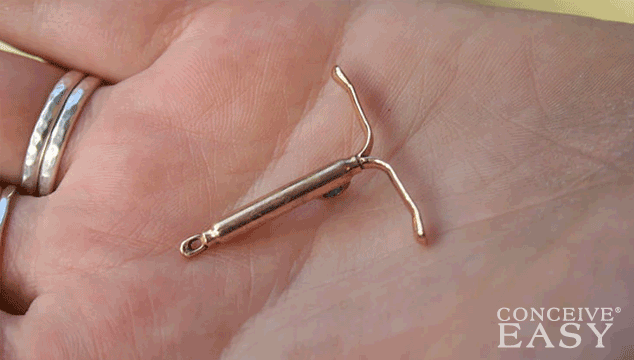
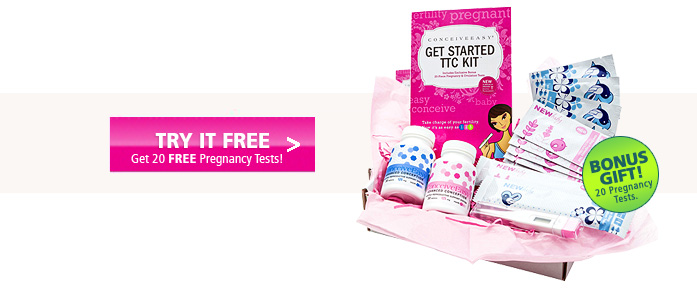
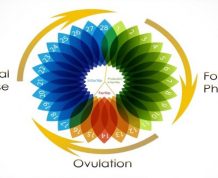

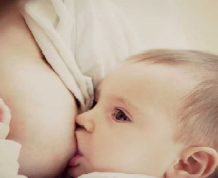


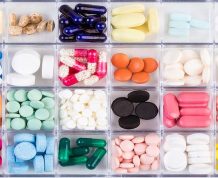


Comments